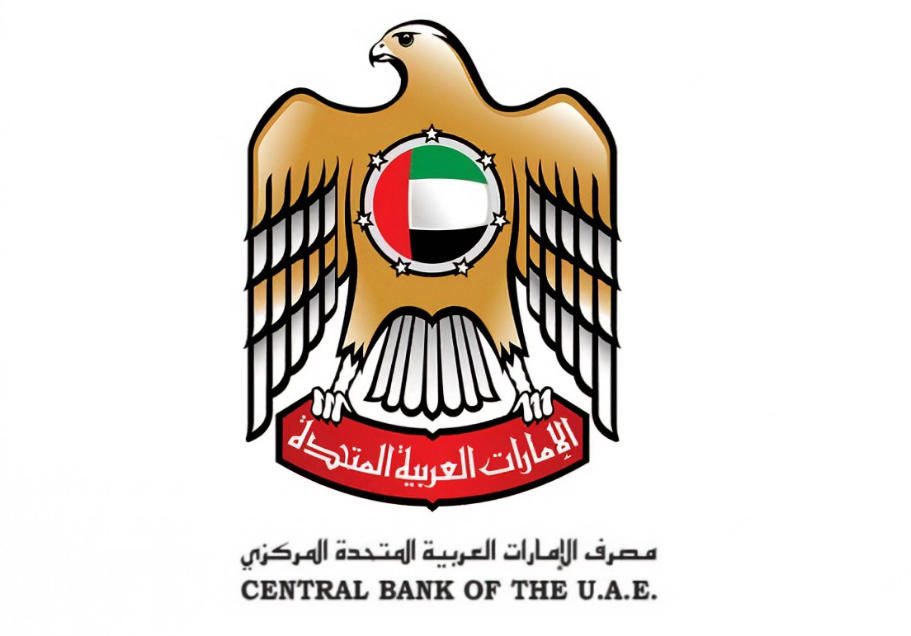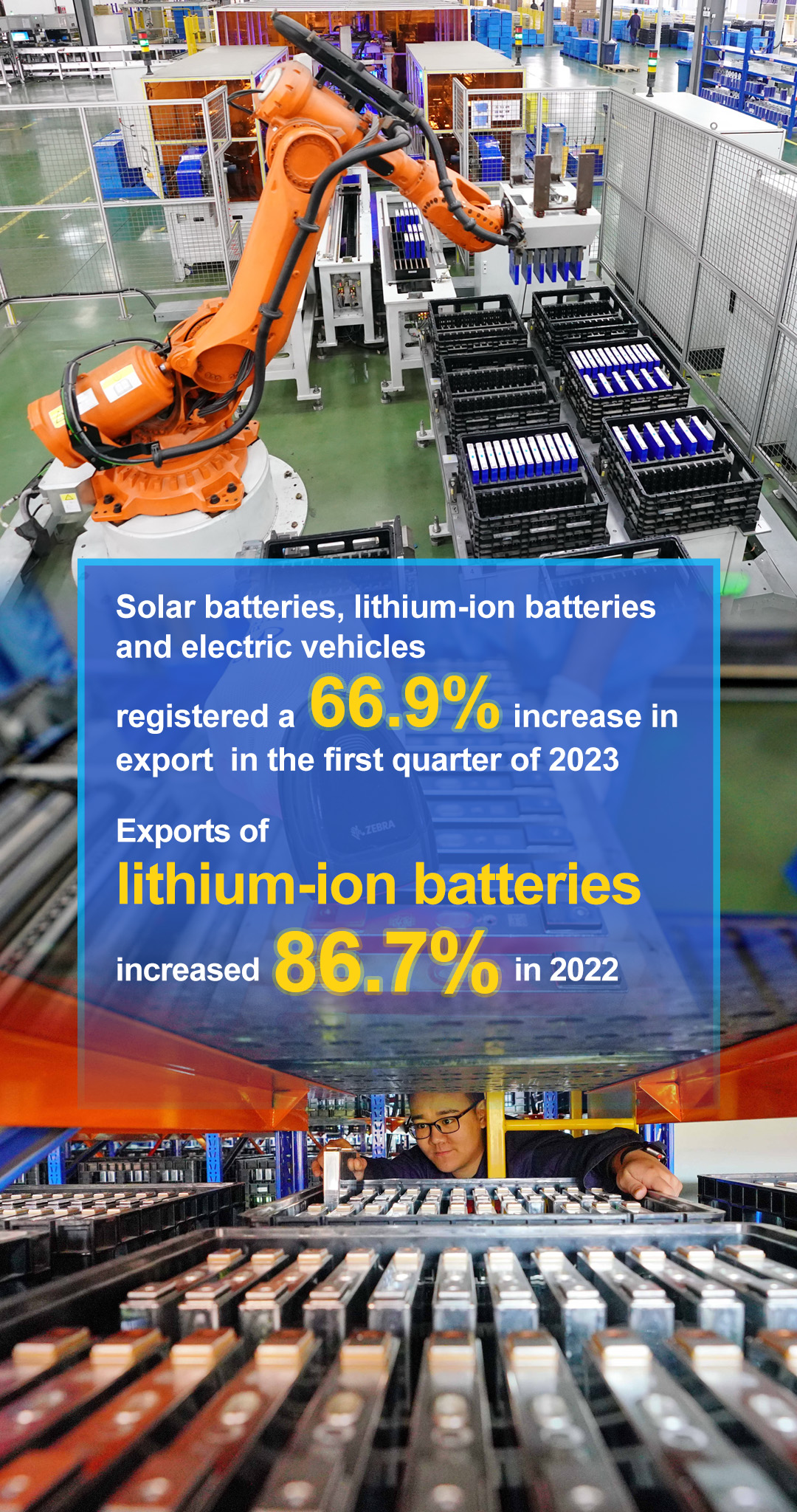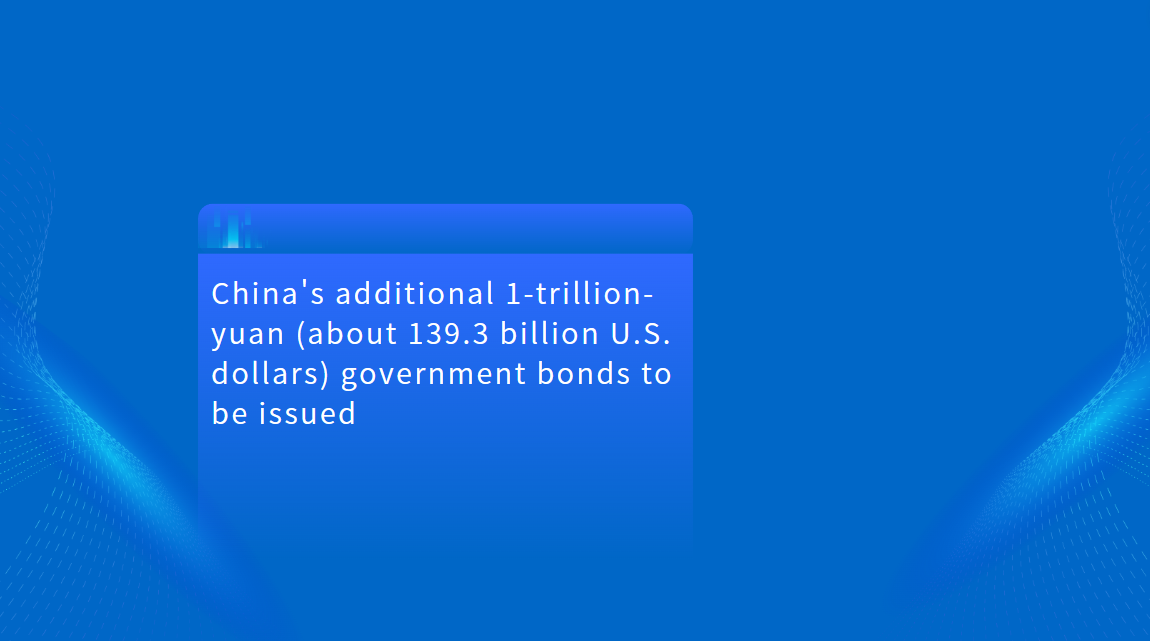Bridging Economies: China and UAE Strengthen Cross-Border Payment Ties Amid Digital Transformation
本文包含AI辅助创作内容
As the global financial architecture undergoes seismic shifts driven by digitalization, China and the United Arab Emirates (UAE) have taken a strategic step forward. On May 28, 2025, the People's Bank of China (PBOC) announced that its Cross-Border Interbank Payment System (CIPS) signed a memorandum of understanding with the Central Bank of the UAE to deepen cooperation in cross-border payments. The two sides will jointly develop a payment connectivity framework to promote local currency clearing services for financial institutions across the Middle East and North Africa (MENA) region, facilitating bilateral trade and investment. The agreement also emphasizes collaboration on risk management, compliance, and data security to enhance the stability and transparency of cross-border transactions.

Enhancing Cross-Border Efficiency in a Dollar-Dominated Landscape
Under the agreement, CIPS and the UAE Central Bank will work together to integrate local currency clearing and settlement systems by building a technological and operational connectivity platform. This initiative aims to support multi-currency, multi-channel cross-border payment services that improve efficiency, reduce transaction costs, and strengthen compliance and risk controls. For international financial professionals engaged in trade, project finance, and investment between Asia and the Gulf, this marks a new phase of multipolar payment infrastructure, potentially reducing reliance on SWIFT and dollar-based settlement networks. Although technical in nature, the agreement carries significant geopolitical and economic implications, aligning with emerging markets'de-risking strategies amid increasing global uncertainty.
UAE: A Digital Payment Powerhouse on the Rise
Often called the “Singapore of the Middle East,” the UAE is not only a regional trade and logistics hub but also a fintech frontrunner. With a population exceeding 10 million—90% of whom are expatriates—the country's GDP per capita stands at $77,000, comparable to many G7 economies. The payment sector is undergoing a cashless transformation. A 2020 survey showed 97% of SMEs and 77% of consumers prefer digital payment systems, well above global averages. While debit and credit cards dominate, mobile wallets and digital apps are rapidly growing. UAE fintech innovations include Emirates NBD Pay, Mashreq Pay, FAB's Payit, Etisalat's Ewallet, and Careem Pay. The launch of “Aani” in 2023, a real-time payment platform by Al Etihad Payments, has expanded instant services such as phone transfers, QR code payments, and bill splitting.
Regulatory bodies have also been proactive. The “Cashless Dubai Working Group,” established in 2022, aims to fully digitize all transactions in Dubai by 2030. Blockchain initiatives like Camel Payment and the cross-border mBridge CBDC pilot connecting China, Hong Kong, and Thailand highlight the UAE's ambition to lead the digital finance revolution and reduce reliance on Western-controlled financial infrastructure.
China's Growing Footprint in UAE's Payment Landscape
China has been an active player in the UAE's payments evolution. UnionPay entered the UAE in 2011, rapidly expanding to cover half of the country's ATMs and point-of-sale terminals within a year. In 2012, the first dual-currency UnionPay debit card denominated in dirhams and renminbi was introduced. By 2018, UnionPay-powered payroll cards issued through fintech partner MINT exceeded 550,000 in circulation. Since then, UnionPay has continued innovating by enabling QR code payments, SoftPOS solutions for micro-merchants, and integrating with local players like PayTabs and RAKBANK. In 2023, the UAE became the first Middle Eastern country where all merchant POS terminals support UnionPay's contactless payment feature.
This traction reflects China's ability to adapt its payment technology to local market needs and underscores the strategic alignment between China's payment infrastructure and the UAE's digital ambitions. It also opens new opportunities for Chinese fintech firms—especially those specializing in wallet services, biometric authentication, and merchant solutions—to expand across the MENA region.
A Window into the Future of Global Finance?
As the UAE advances toward a cashless society and China pursues renminbi internationalization through platforms like CIPS and digital currency pilots such as mBridge, their cooperation goes beyond bilateral ties. It signals an emerging multipolar global payment order.
Though the PBOC-UAE MoU may seem modest, its effects extend well beyond payment messaging protocols. It sends a clear message to multinational corporations, compliance officers, and institutional investors: the architecture of cross-border finance is evolving. Those who grasp and leverage these new corridors of value transfer will be best positioned in the coming multipolar financial landscape.





















































First, please LoginComment After ~